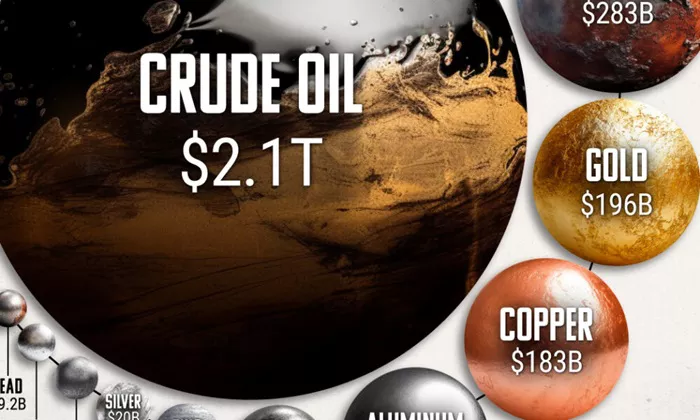U.S. crude oil production has experienced various fluctuations since its peak in the 1970s. Understanding the factors contributing to these changes provides insight into the complex dynamics of the oil industry. Several reasons have contributed to the decrease in U.S. crude oil production since 1970, including geological, economic, regulatory, and technological factors. This article delves into the key reasons behind the decline.
1. Depletion of Major Oil Fields
Geological Factors
One of the primary reasons for the decline in U.S. crude oil production is the natural depletion of major oil fields. As oil fields age, their production rates naturally decline due to reduced reservoir pressure and the exhaustion of easily accessible oil.
Peak Production: Many of the major oil fields in the U.S., such as those in Texas and Alaska, reached their peak production levels in the 1970s and have since experienced significant declines.
Enhanced Recovery Techniques: Although enhanced oil recovery (EOR) techniques, such as water flooding and gas injection, have been employed to extend the life of these fields, they can only temporarily mitigate the decline.
2. Economic Factors
Oil Price Volatility
The volatility of global oil prices has had a significant impact on U.S. crude oil production. Periods of low oil prices have made it economically unviable to continue production from certain fields, leading to reduced investment and production levels.
1980s Oil Glut: The oil glut in the 1980s led to a sharp decline in oil prices, causing many U.S. oil producers to shut down operations.
Price Declines in the 2010s: The sharp decline in oil prices in 2014 and again in 2020 due to various geopolitical and economic factors further strained U.S. oil production.
See also: Who Is The Biggest Producer Of Crude Oil 2024?
3. Regulatory and Environmental Concerns
Regulatory Changes
Changes in government policies and regulations have also contributed to the decline in crude oil production.
Environmental Regulations: Increased environmental regulations aimed at reducing carbon emissions and protecting natural habitats have imposed additional costs and restrictions on oil producers.
Permitting and Land Use: Stricter permitting processes and restrictions on land use, especially in environmentally sensitive areas, have limited the ability of producers to explore and develop new oil fields.
4. Technological Shifts and Innovations
Technological Factors
Advancements in technology have both positively and negatively impacted U.S. crude oil production.
Shale Revolution: The advent of hydraulic fracturing (fracking) and horizontal drilling in the 2000s led to a significant increase in U.S. oil production, particularly from shale formations. However, this has also shifted the focus away from conventional oil fields.
Production Efficiency: While technological advancements have improved production efficiency, they have also led to the rapid depletion of newly tapped reservoirs, causing production to peak quickly and decline thereafter.
See also: Why Did Crude Oil Prices Fall In 2008?
5. Alternative Energy Sources
Shift to Renewables
The global shift towards renewable energy sources and the push for decarbonization have influenced the decline in demand for fossil fuels, including crude oil.
Government Incentives: Government incentives and subsidies for renewable energy projects have encouraged the development of solar, wind, and other renewable energy sources, reducing reliance on crude oil.
Consumer Preferences: Increasing consumer preference for cleaner energy sources has also contributed to the decline in crude oil demand.
6. Market Dynamics and Competition
Global Market Dynamics
The U.S. crude oil market does not operate in isolation; it is influenced by global market dynamics and competition.
OPEC Influence: The Organization of the Petroleum Exporting Countries (OPEC) has historically played a significant role in controlling global oil supply and prices. OPEC’s production decisions directly impact U.S. oil production.
International Competition: Increased production from other oil-producing countries, such as Saudi Arabia, Russia, and Canada, has heightened competition and affected U.S. market share.
Conclusion
The decrease in U.S. crude oil production since 1970 is the result of a combination of geological, economic, regulatory, technological, and market factors. While the discovery of new technologies such as hydraulic fracturing has temporarily boosted production, the long-term trend reflects the natural depletion of major oil fields, economic pressures, regulatory changes, and a global shift towards renewable energy sources. Understanding these factors is crucial for policymakers, industry stakeholders, and consumers as they navigate the future of energy production and consumption.
Related Topics:

